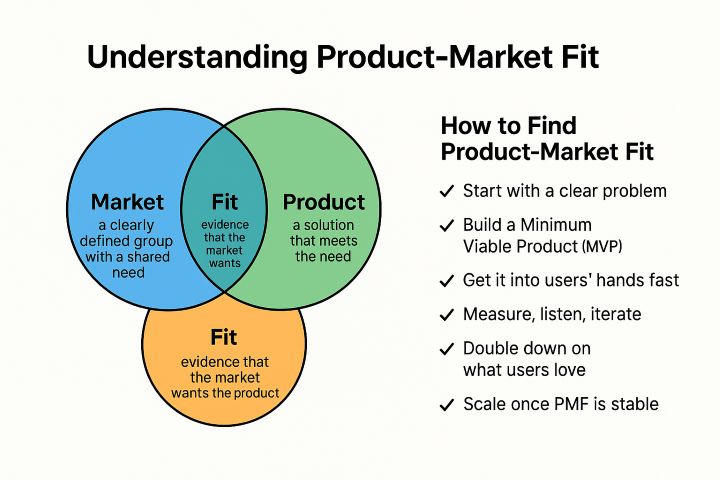What Is Timeboxing?
Ever feel like there aren’t enough hours in the day? Timeboxing might just be the hack you need. This method involves allocating a fixed, specific period to each task before you start. Rather than working until something is done, you work on it only for its designated period. This technique is a favourite in various fields, including software development and project management, because it sharpens focus, enhances productivity, and fosters excellent time management skills (MindTools, n.d.).
How Does Timeboxing Work?
Implementing timeboxing is straightforward, and you can start using it in your daily routine right away. Here’s how it works:
- Choose Your Task: Pick something you need to accomplish.
- Set a Timer: Decide how much time you’ll dedicate to this task. This could range from a few minutes for a small task to several hours for something more complex.
- Focus and Work: Dive into your task, keeping distractions at bay and concentrating for the duration of the timebox.
- End Session: When your timer goes off, stop working. Take a moment to review your progress and plan your next steps.
- Evaluate: Reflect on what you’ve achieved in the set time and tweak your method or timings as needed for future tasks.
Timeboxing helps prevent burnout and procrastination by breaking your work into manageable chunks and creating an urgency that keeps you moving forward (Zimmerman, 2021).
Most Effective Timeboxing Techniques
-
The Pomodoro Technique
The Pomodoro Technique, one of the most popular timeboxing methods, breaks work into 25-minute intervals (called Pomodoros) separated by short breaks. Every four Pomodoros, you take a longer break to recharge, making it ideal for maintaining concentration and staving off fatigue (Cirillo, 2018).
-
Calendar Timeboxing
Mark out time on your calendar not just for work tasks but for breaks, meals, and personal activities as well. This technique helps you visualize and manage your day more effectively, ensuring you stay on track with all your responsibilities (Newport, 2016).
-
Task Batching
Combine similar tasks into a single timebox to minimize the time lost switching between tasks. This approach is great for maintaining a flow state and increasing efficiency (Bailey, 2019).
-
Day Theming
Assign different themes or types of work to specific days (e.g., Mondays for meetings, Tuesdays for deep work). This strategy allows for uninterrupted time on major projects, making it perfect for tasks that require more focused attention (McKeown, 2014).
Why You Should Try Timeboxing
Timeboxing isn’t just another productivity tool—it’s a powerful technique that can change how you work and live. Here’s why it’s so effective:
– Reduces Decision Fatigue: Planning your time in advance cuts down the number of decisions you need to make daily, conserving mental energy for important tasks.
– Boosts Accountability: Strict time limits increase your accountability, encouraging you to work smarter and harder.
– Enhances Task Estimation: Regular practice helps you get better at judging how long tasks will take, which improves your planning skills.
– Curbs Perfectionism: By focusing on getting tasks done within a set period, you prioritize completion over perfection, which can be a significant productivity booster.
Whether you’re a busy professional, a student, or someone looking to streamline their day, incorporating timeboxing into your routine can significantly enhance your productivity and give you a greater sense of control over your time.





